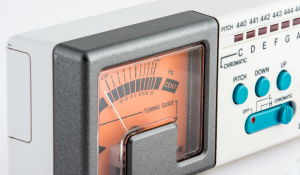
Given the plethora of research and reports highlighting the importance of music education in achieving success across various subjects, it is only natural for you, as a parent, to want to motivate your child to persevere in this newfound skill they are acquiring. "But I never learned an instrument in school. I have no idea how they are making sounds or how to encourage them!" I'm here to tell you you know more tan you are giving yourself credit for. Here is what you know, and the tools you have to become your child's greatest inspiration.








